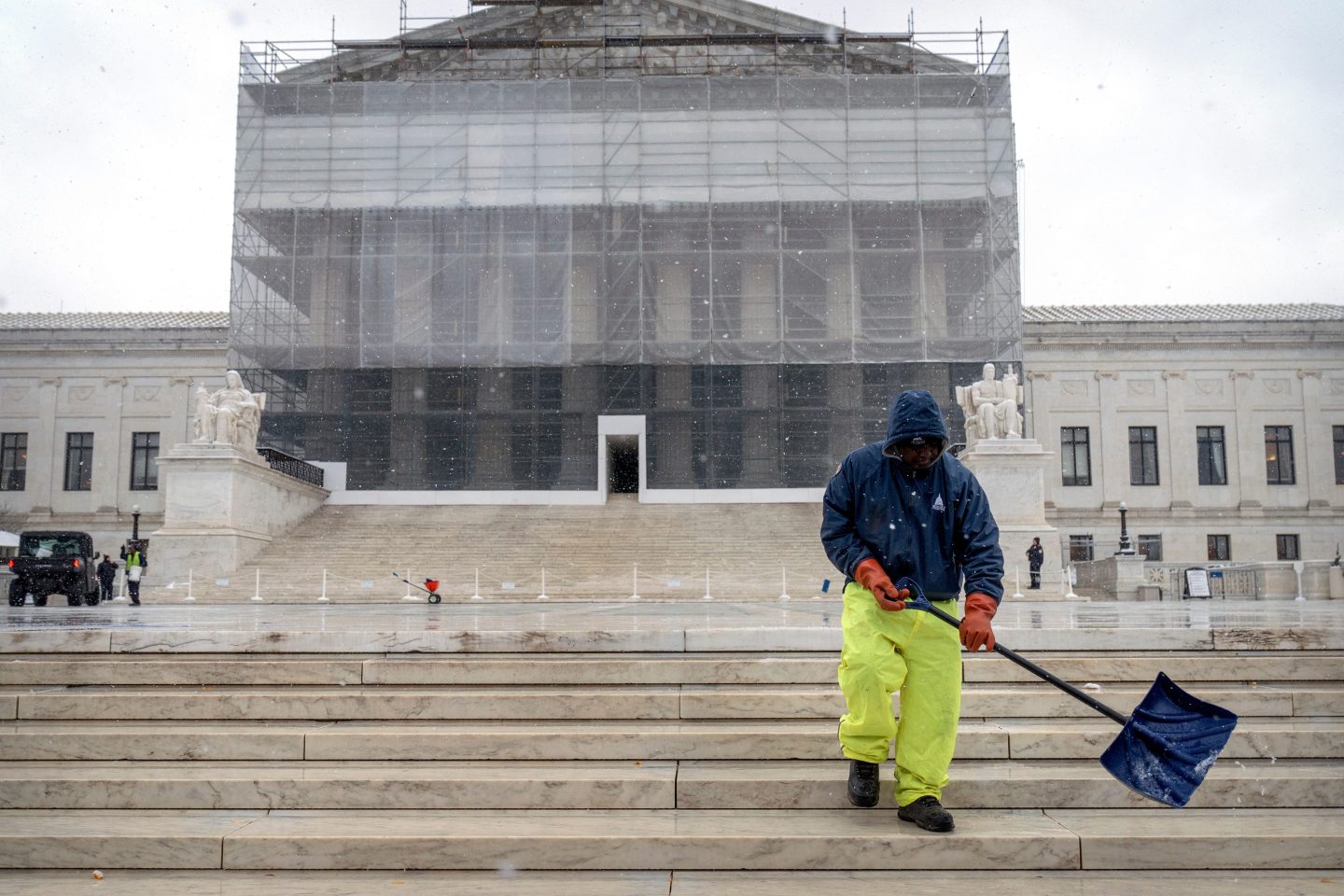The banking industry posts its best quarter since before the financial crisis. But there’s little to celebrate.
The gains, after all, are concentrated at the giant institutions that are raking in billions on trading, stuffed to the gills with derivatives and not exactly distinguishing themselves as avid lenders.
U.S. banks and thrifts made $18 billion in the first quarter, the Federal Deposit Insurance Corp. said Thursday. That’s almost double the industry’s profit for all of 2009 and its best performance since the first quarter of 2008.

The results “contained positive signs of recovery for the industry,” said FDIC chief Sheila Bair (right).
But FDIC data show 79% of the industry’s first-quarter profit came from the biggest banks, those with at least $10 billion of assets. Profit at those institutions doubled from a year ago to $14.2 billion. Profits at small banks, those with less than $1 billion in assets, rose a more modest 16%.
And the lion’s share of the big-bank profits almost certainly came from the too-big-to-fail crowd — the six biggest bank holding companies whose first-quarter corporate profits totaled a mind-boggling $18.7 billion.
Those profits, as is well known by now, came mostly from their trading desks, not from lending money to consumers and businesses.
The first-quarter numbers reported by Citi , Bank of America , JPMorgan Chase , Wells Fargo , Goldman Sachs and Morgan Stanley aren’t strictly comparable with the data compiled by the FDIC. The FDIC, after all, tracks only banks, and some of the profits at the big institutions come from non-bank affiliates and overseas businesses.
Citi, for instance, posted a first-quarter profit of $4.4 billion. But its two U.S.-based banks, Citibank of South Dakota and Citibank of Las Vegas, accounted for just $1.9 billion of that, according to filings.
With the biggest banks raking in huge gains, the smaller institutions are obviously still struggling. The number of FDIC-insured institutions dropped below 8,000 for the first time, as small banks that choked on real estate during the boom continue to fail at a rapid clip.
Bair said she still expects bank failures — so far there have been 72 this year, up from 33 at the same time in 2009 — to peak this year but to exceed last year’s 140. The FDIC problem bank list hit 775, its highest point since the S&L crisis.
“Banks lag broader economic recovery and we’ve seen that dynamic here,” Bair said. But she added, “A lot of positive signs, a lot of banks getting recapitalized and that is always good.”










